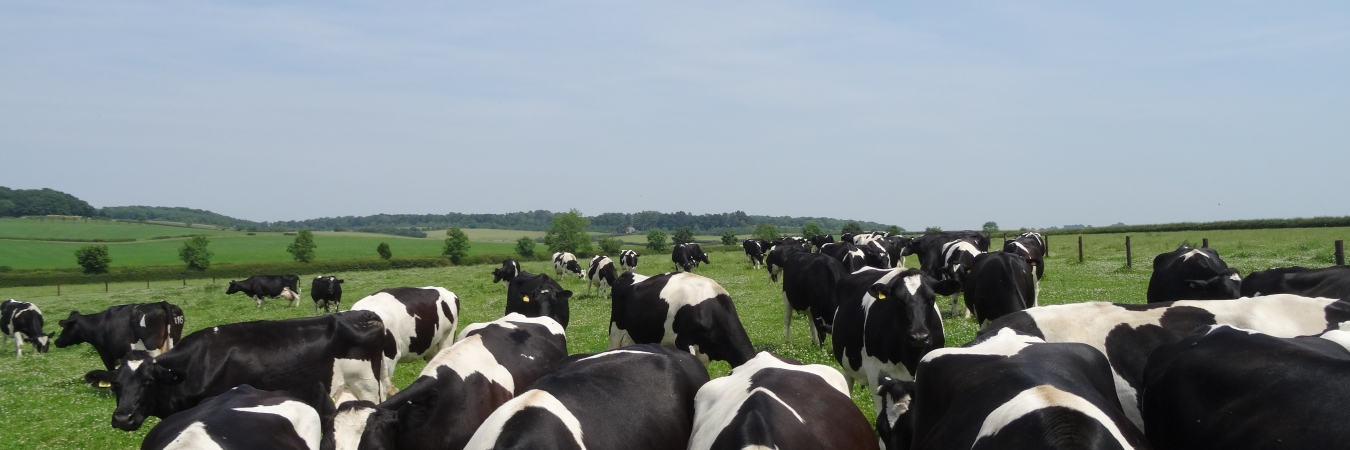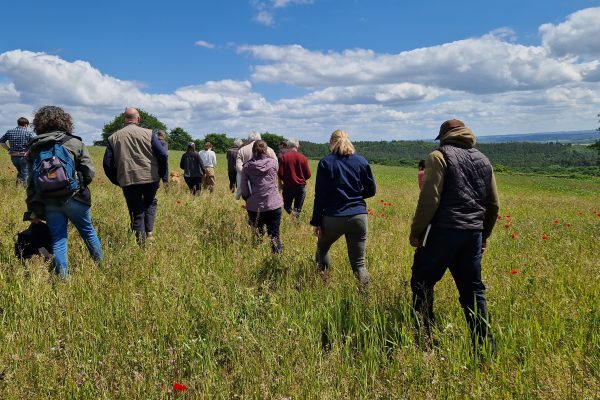Event
Somerset: Youngstock and beef grazing
Join AHDB and AF Group to discuss how Dillington Farms can better manage the grazing of dairy youngstock and beef within their mixed farming system.
We will discuss:
- The principles of grazing and nutritional requirements for youngstock, beef and far-off dry cows
- How to establish a rotational grazing system
- Managing the grazing system and decision making
Dillington Farms is driven to become more circular in their farming system. They have, therefore, decided to finish all beef animals produced by the dairy and graze all dairy youngstock; they believe that this is best for the animals and optimises the land use environmentally as part of the arable rotation.
As a profit-driven business, growth rates and age at first calving must be prioritised to enable them to take a calculated approach to creating the optimal grazing system.
We will be joined by Luppo Diepenbroek from Straight Line Nutrition to discuss the principles of grazing and how they can be implemented on farm. Luppo is a keen follower of the regenerative agriculture movement in the UK and across the world.
By understanding the nutritional demands of dairy youngstock, beef animals and far-off dry cows, informed decisions can be made about how to graze in an economically and environmentally sound way.
About Dillington Farms
Dillington Estate, Knott Oak Dairy is on an 860 ha estate managed by Ollie Blackburn, alongside his team of eight.
It is home to 310 fully housed, crossbred cows on an all-year-round calving system, milking on a robotic system. Crossbreeding has played a huge part in allowing Dillington to achieve high milk yields through combining a three-way cross of Holstein, Norwegian Red and Fleckvieh.
Through the strategic dairy farm programme, Ollie and his team are looking to continue their journey to being net zero, finetune their crossbreeding and improve the profitability of the farm, while achieving their environmental goals.

